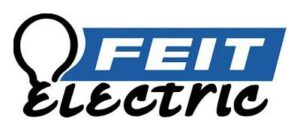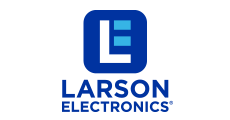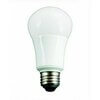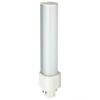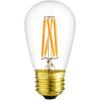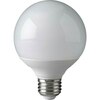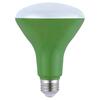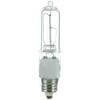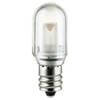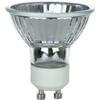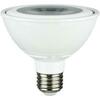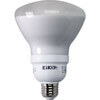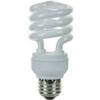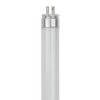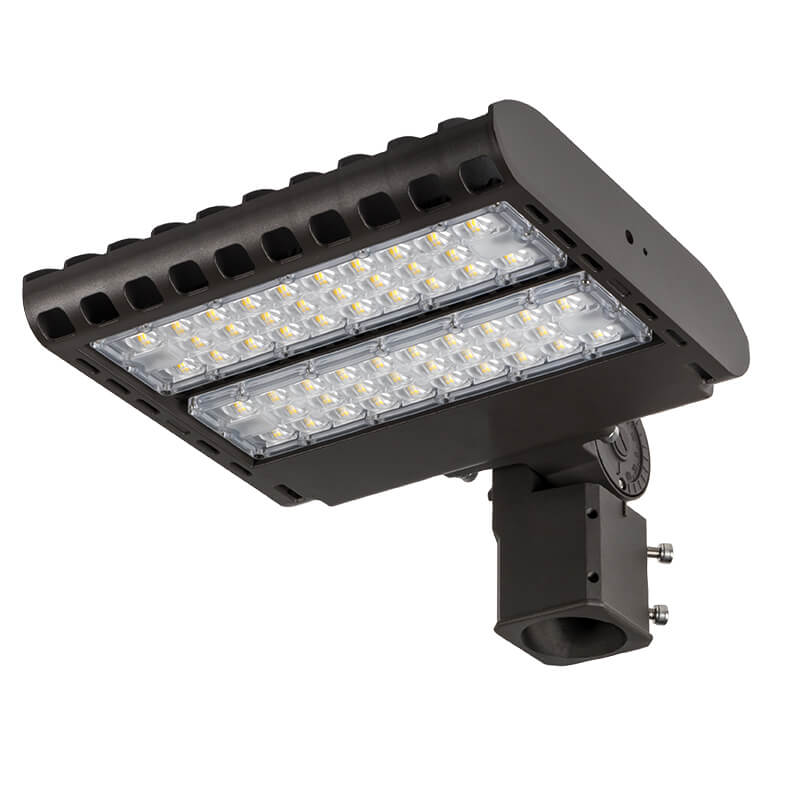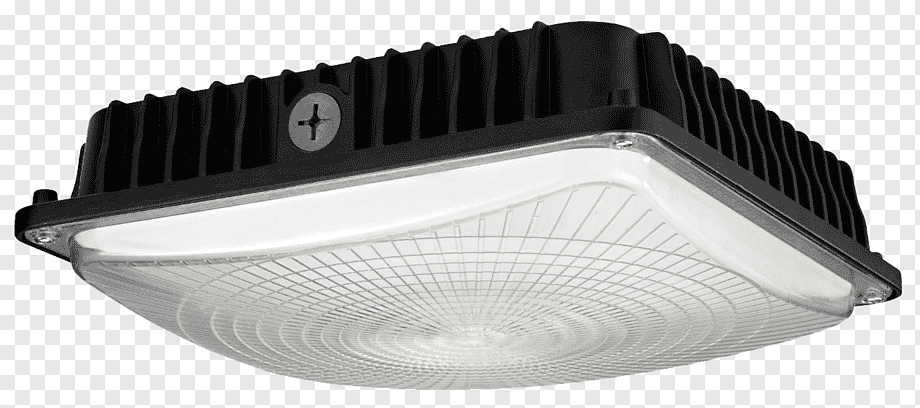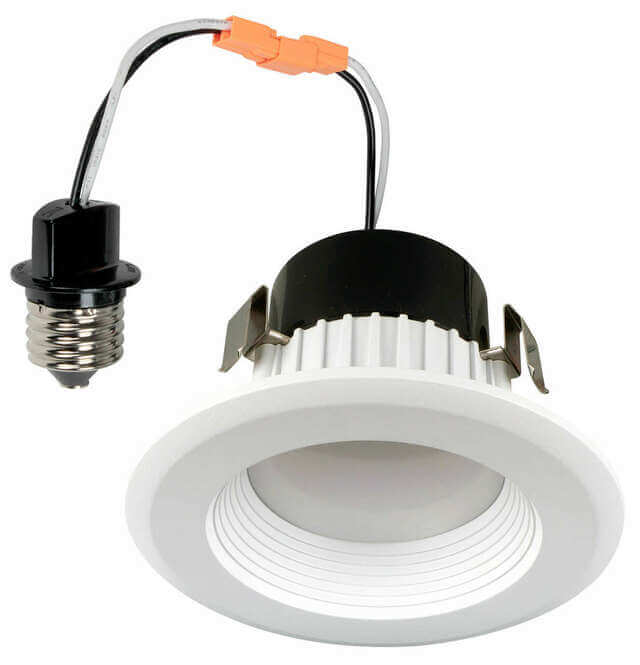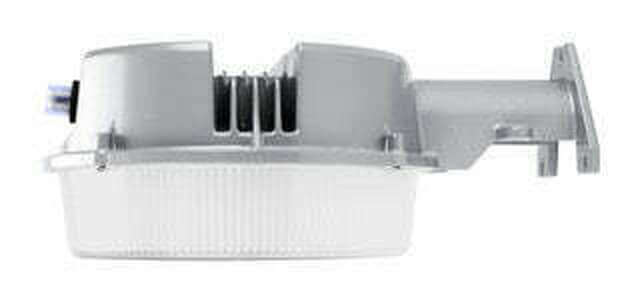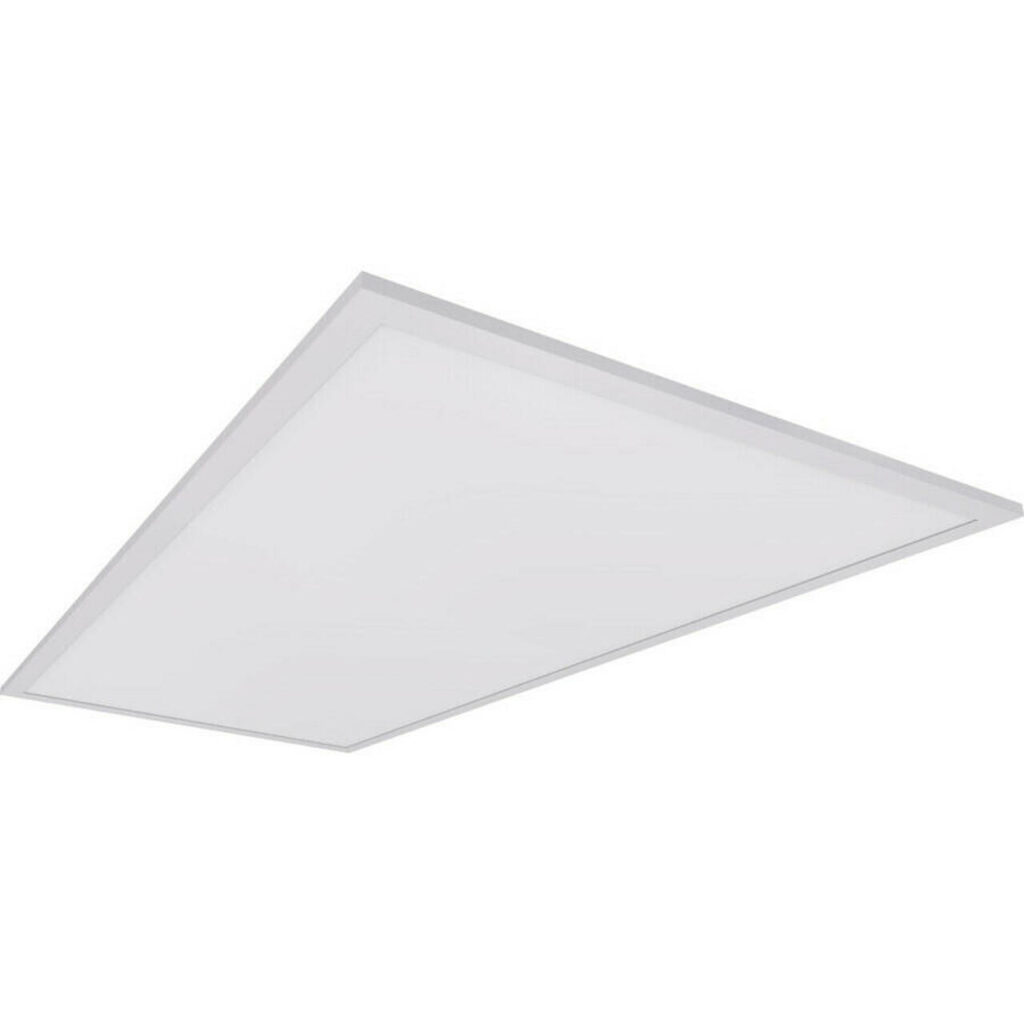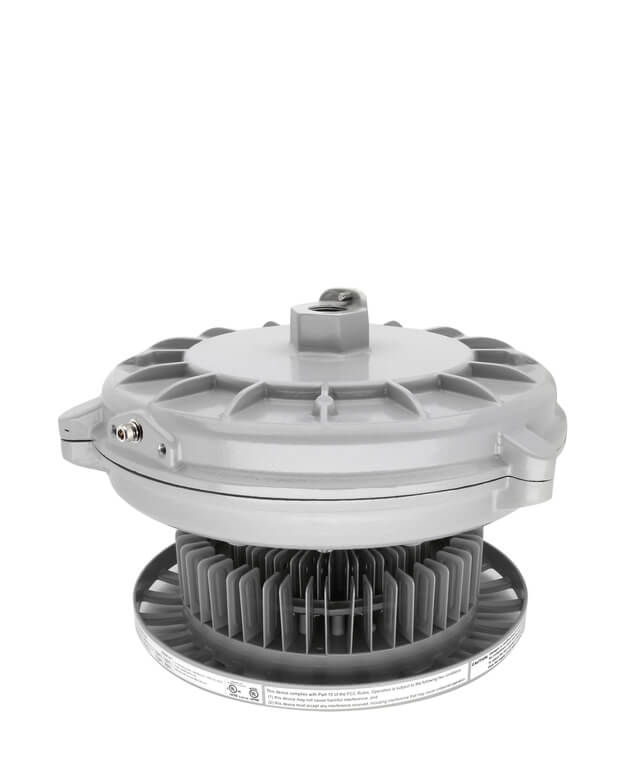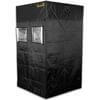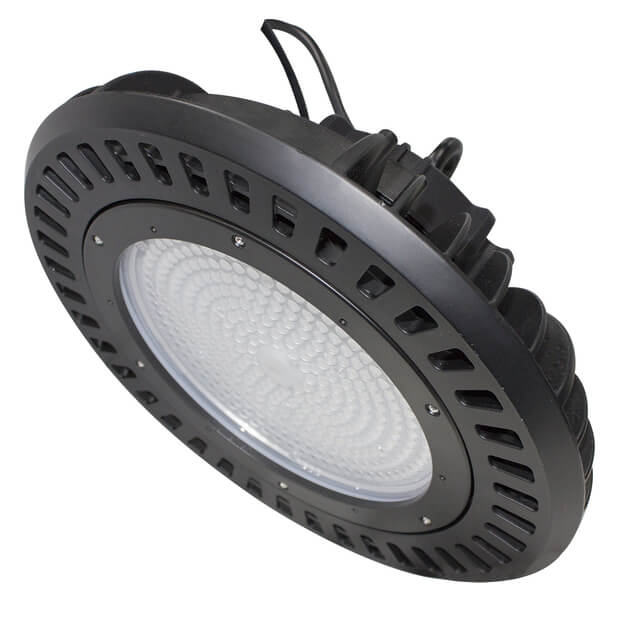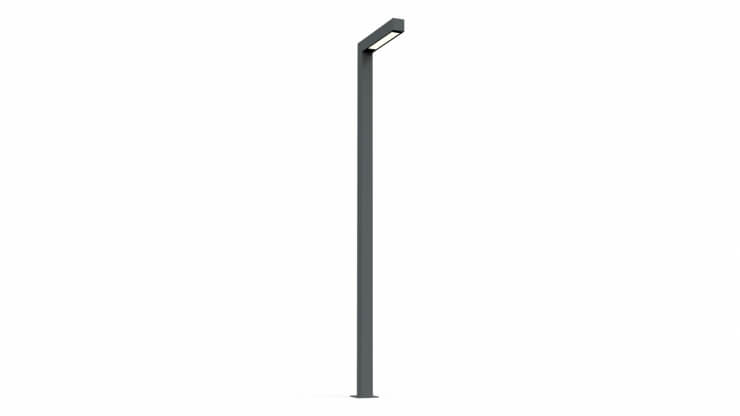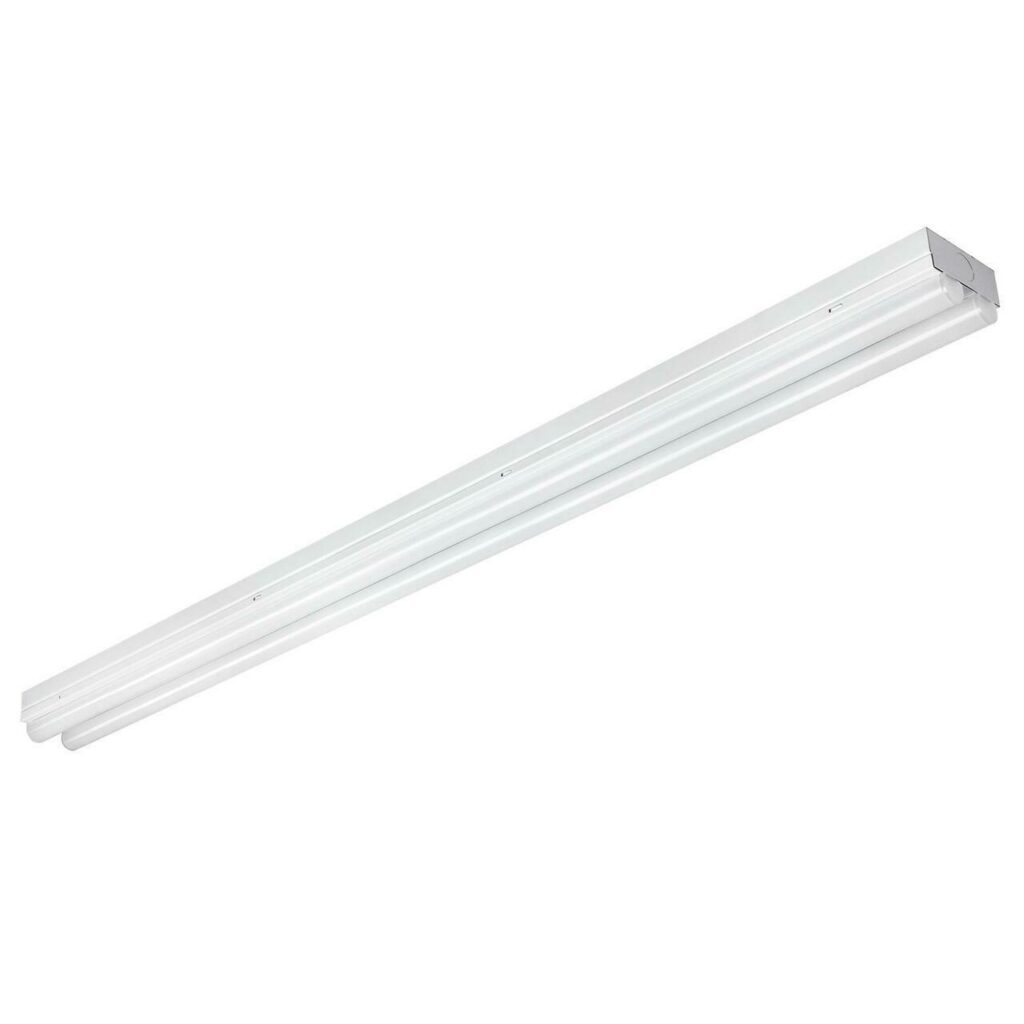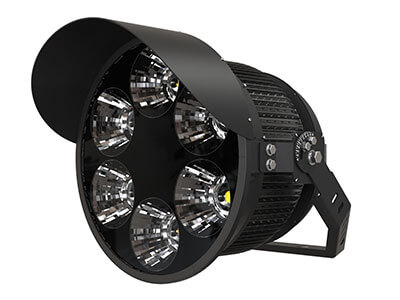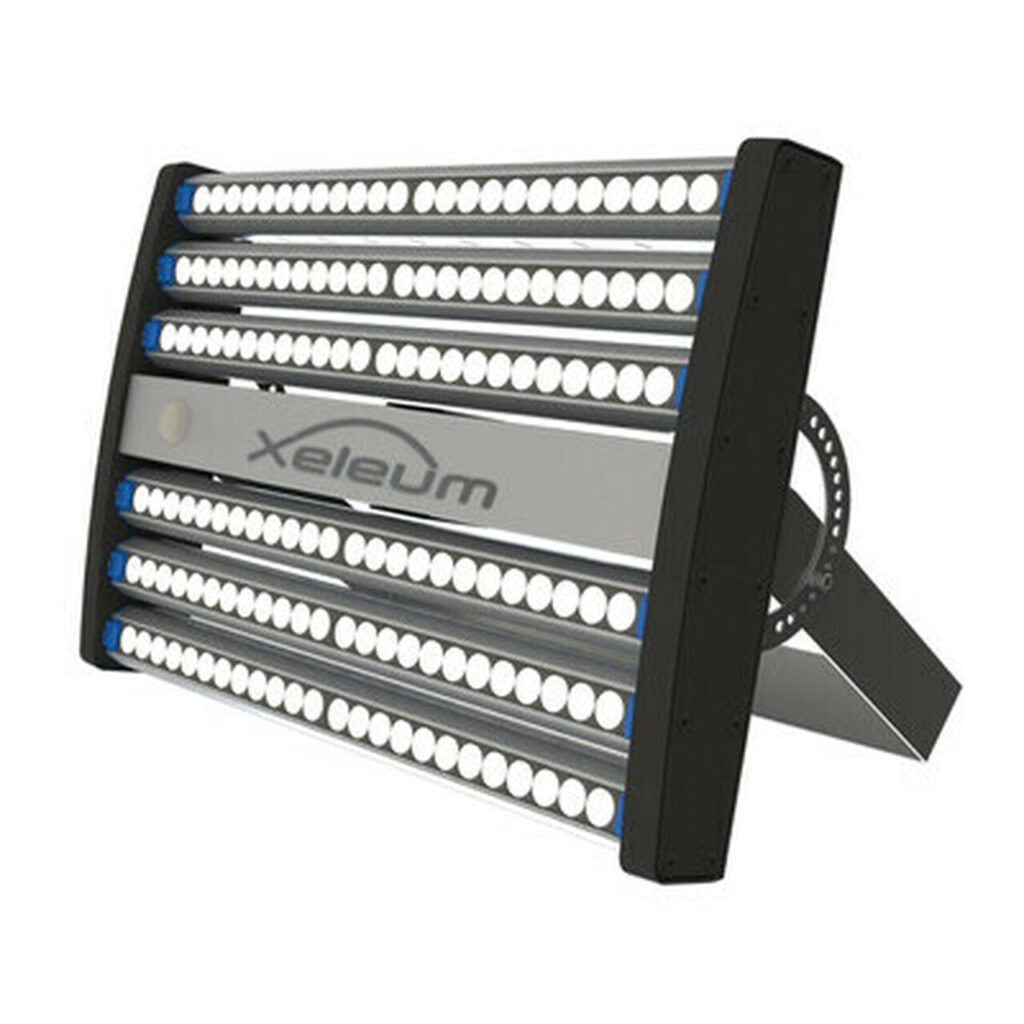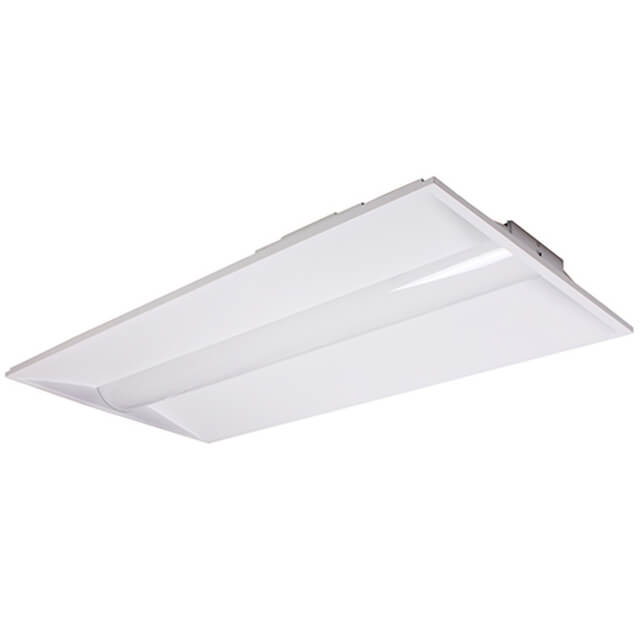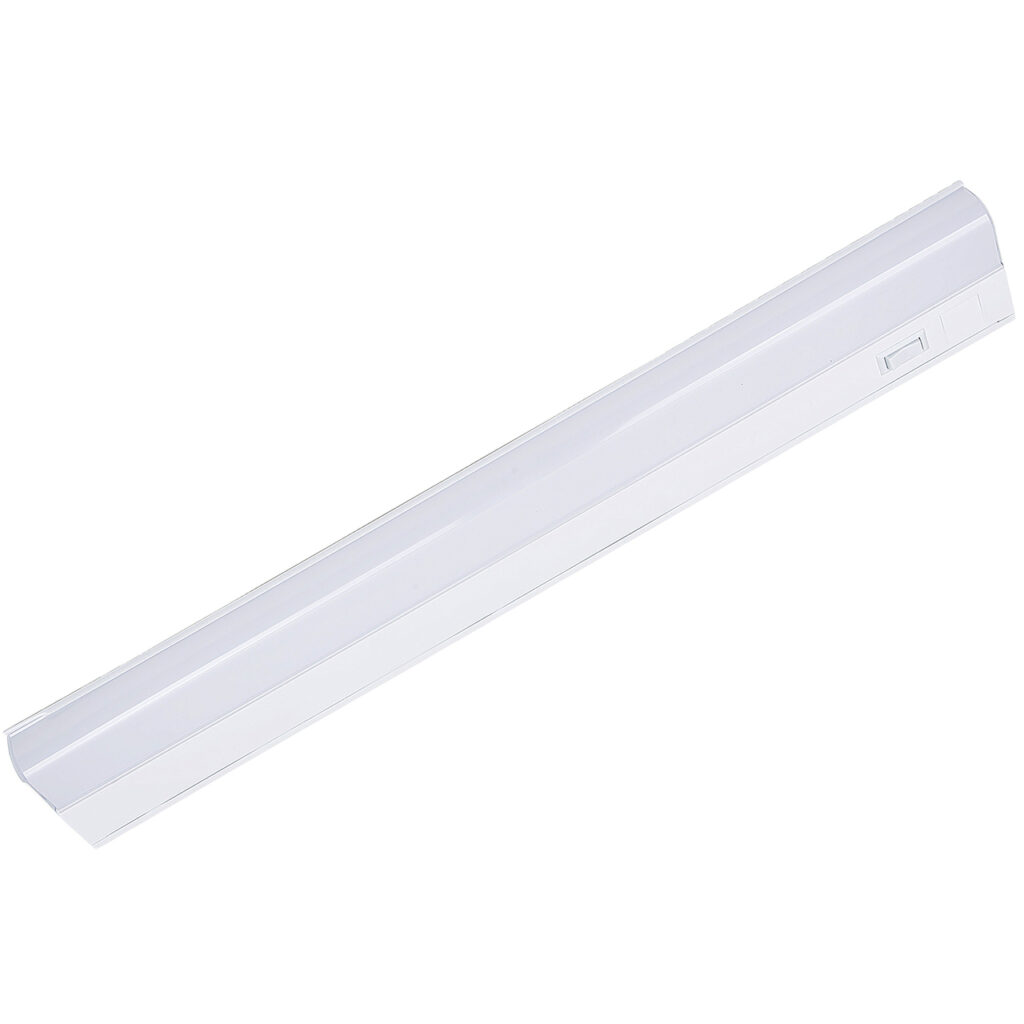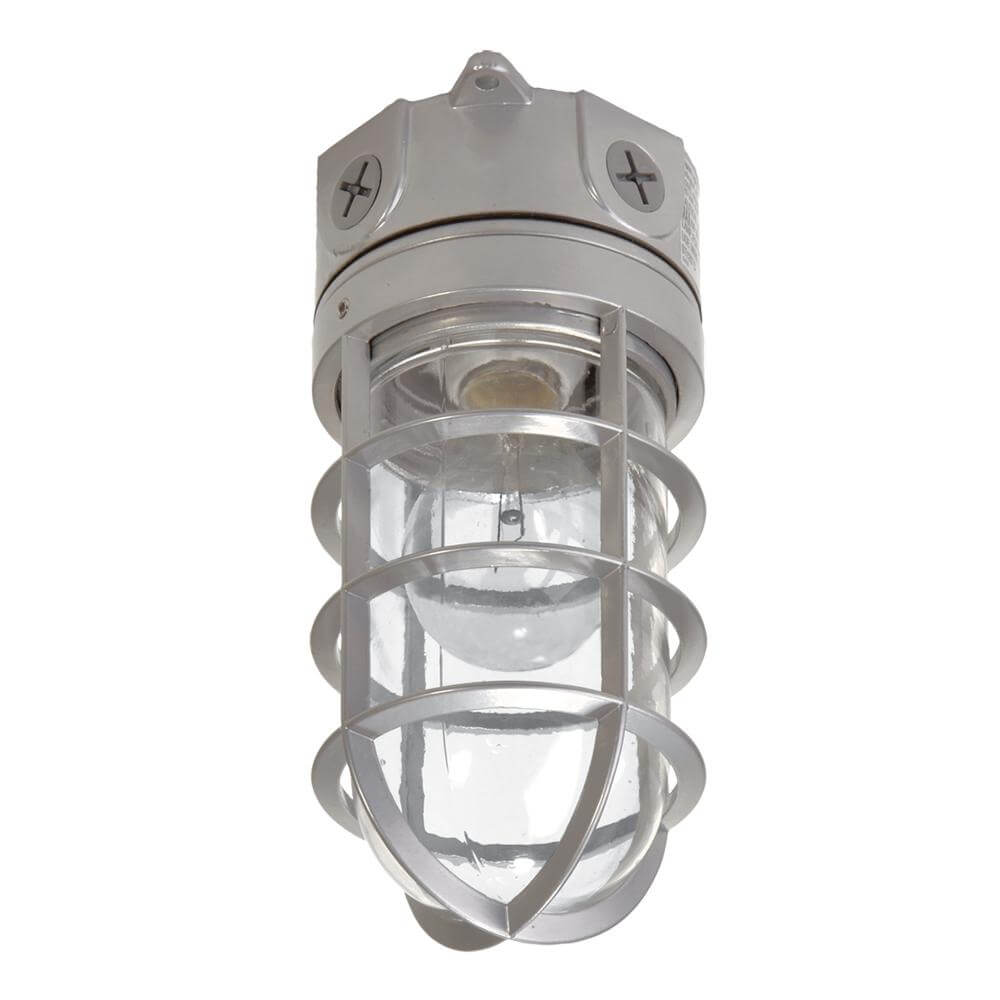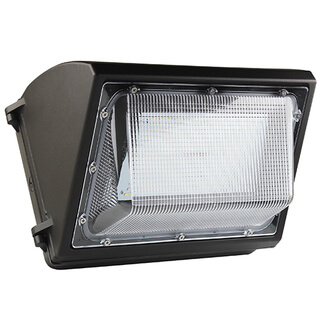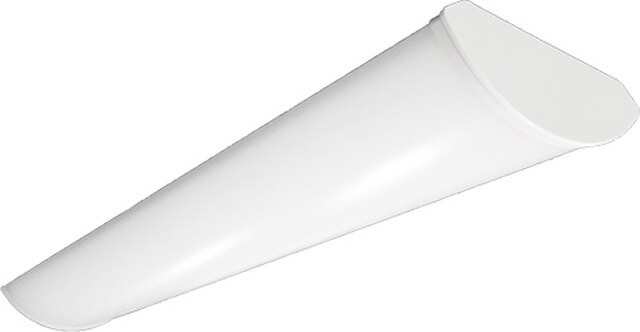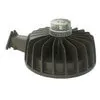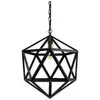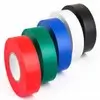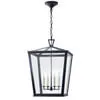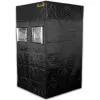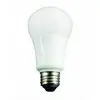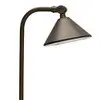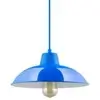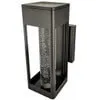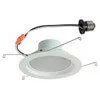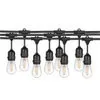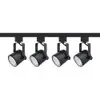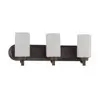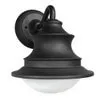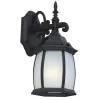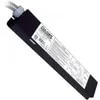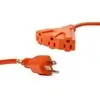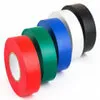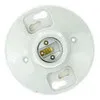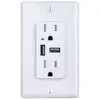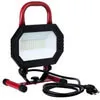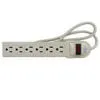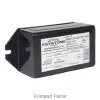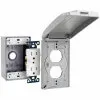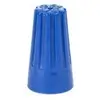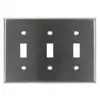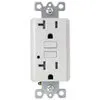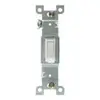Growing tents are your best and simplified alternatives when you are looking for an ideal environment to grow or recreate your crops, such as fruits and vegetables, regularly and year-round under your very own conditions irrespective of the climate or the seasons. Grow tents allows for a cleaner atmospheric condition in a more ideal and organized way to have a better yield or harvests under fewer pests and diseases phenomenon.
In this article, you will learn how and what materials are needed to run a successful simplified grow tent with soil and hydroponic. Also, you will explore how better and advantageous it is to run an indoor garden.
Here follows the list of materials and equipment needed for grow tents set up at least for a beginner:
Enough and efficient space
The space you have will determine the size of your grow tent. A spacious area will give rooms to grow your different types of crops with high-quality technology you are intending to use without crowding them. But if you have limited space, make sure it is appropriate for the type of crops you want to grow.
Long-lasting grow tent materials
Construct our long-lasting, heavy-duty canvas material made of nylon or polyester with a durable and robust outside layer fabric that has an inner reflective track made from biaxially oriented polyethylene terephthalate that can trap and increase the efficiency of light inside the tent. This canvas comes with different sizes of ventilation holes fans, holders for grow lights, wires hole, light-proof heavy-duty exteriors, windows, waterproof floor trays, etc.
Grow Light Ballasts
Install your hanging equipment, hood/reflector, power strips, timer, and digital ballasts and choose the right LED grow light according to your tent size. The ballasts will prevent light from going out from your tent by converting the conventional electricity into an appropriate voltage enough to power and operate your grow light.
Temperature and humidity gauge
The next is to determine how your grow tents balance with your environmental factors by using temperature and humidity gauge to determine the airflow, humidity, heat, etc., directions to keep the grow tents thriving in a steady environment.
Tested Water hydroponics system
After this, you test for the type of hydroponic system you can choose from to cultivate your crops; we have six different types of hydroponic systems such as Deep Water Culture, Ebb and Flow, Drip Systems, Wick Systems, Nutrient Film Technique, and Aeroponics. What is vital is to use your environmental meters and keep an eye on how it reads so that you can get accurate results. After this, you will plant your crops.
A strong CFM fan
The size of your tent will determine the number of CFM fans you will use, and know the exact measurements, you will divide your tent size by 3 minutes. For instance, for 2 by 4 tents size, 200 CFM fans are normal, or 430 CFM fans for 5 by 5 grow tents size.
Miscellaneous tools
One of the miscellaneous tools that I will mention here is a fastener, which you will use to fastening your grow tents from falling. To test how to grip it is, you can shake it to ascertain it is well placed and fixed. Pruners and other plant maintenance tools are available here at Lightingandsupplies.com in our horticulture section!


